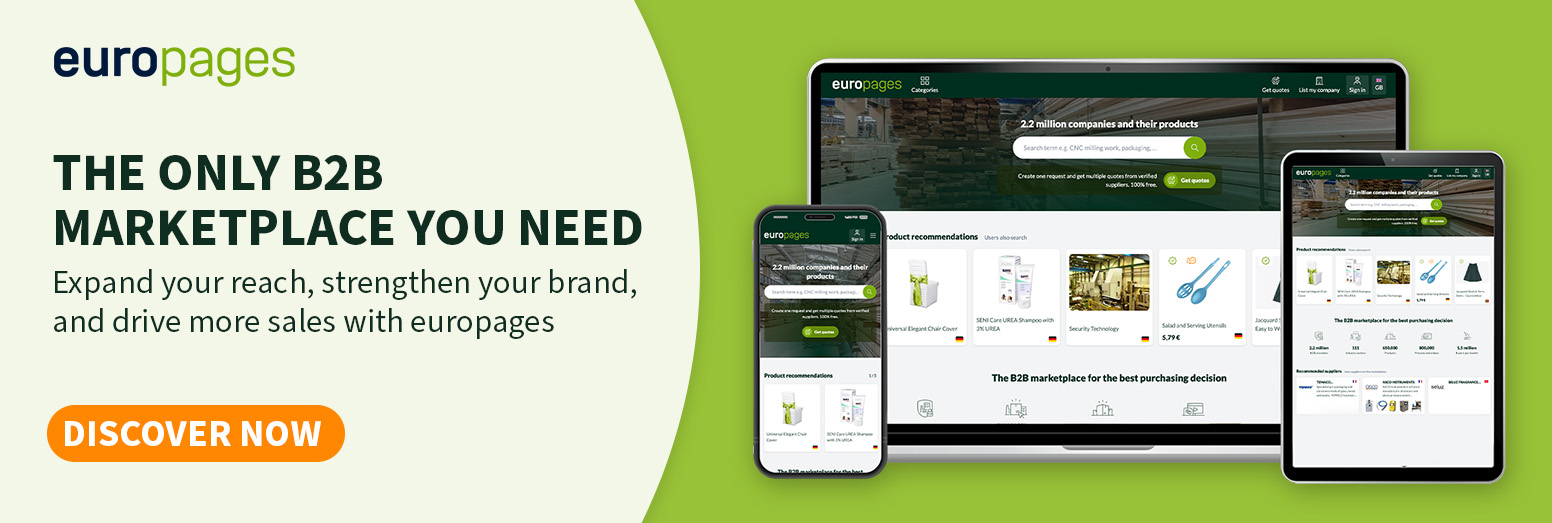Table of content
- Chinese Factory Videos Spark Transparency Concerns
- Luxury Manufacturing and “Made in” Labeling in the EU
- Why B2B Buyers Should Be Paying Attention
Chinese Factory Videos Spark Transparency Concerns
Suppliers of accessories and clothing across the EU are watching with growing concern, as trust in product origin, and by extension, brand value, comes under fire.
Recently, a wave of videos has appeared on platforms like Douyin, WeChat, and TikTok. These clips show Chinese factory workers assembling high-end goods such as designer sunglasses, leather bags, and fashion accessories, all apparently destined for European labels.
The catch is that many of these products end up with tags like “Made in France” or “Made in Italy”, even though the footage clearly shows them being manufactured in China.
These videos serve as a protest from Chinese manufacturers who feel targeted under the new U.S. trade measures and tariffs.
Revealing their hidden role in the production of European luxury goods, they challenge the perception of brand authenticity and stir growing concerns across the supply chain.
Contrary to the old saying that “there’s no such thing as bad publicity,” this kind of exposure can seriously damage brand reputation—and for many European businesses, the trust lost may be far more costly than the goods themselves.

Luxury Manufacturing and “Made in” Labeling in the EU
The European luxury sector is no small player. In 2025, it is expected to reach a value of 114 billion euros. France, Italy, and Germany are leading countries in this segment, known for their craftsmanship, quality, and brand heritage.
Each specializes in particular areas:
| Country | Revenue (2025) | Key Luxury Segments |
| France | €22.6 billion | Fashion, perfume, accessories |
| Italy | €33.5 billion | Leather goods, footwear, textiles |
| Germany | €15 billion | Automotive, watches, optics |
The legal framework is where things get complicated. EU rules allow a product to carry a “Made in” label if the last significant stage of transformation happens within the Union.
This means a handbag that undergoes final stitching in Milan can legally claim to be “Made in Italy,” even if the actual handbag manufacturer is located in China.
Most consumers are surprised by this. And B2B buyers are now re-evaluating their understanding of what these labels truly represent.
Why B2B Buyers Should Be Paying Attention
For companies sourcing goods under European labels, this growing exposure brings more than just uncomfortable headlines. It presents serious business risks.
- Reputational Damage: Customers who discover their item was largely produced in China while labeled as EU-made may feel misled. Rebuilding customer trust is extremely difficult once it’s lost.
- Regulatory pressure: Even if the labeling meets legal standards, public reaction can prompt investigations and tougher enforcement. EU authorities are likely to respond if the exposure continues to escalate.

Conclusion
Supply chains are no longer behind the scenes. What was once hidden inside workshops is now gathering millions of views on social media.
For European B2B buyers, this moment marks a shift. Knowing the origin of products and answering customer expectations is now just as important as meeting legal standards. In 2025, a label can go viral… and not always in a good way.
Do you want to learn more about global supply chains and EU regulations? Read these insightful articles that we’ve selected below:
Trump’s 2025 Tariffs Hit EU Provider of Raw Materials
Critical raw materials: challenges of dependency | Europages
-6000x2640.jpg)
